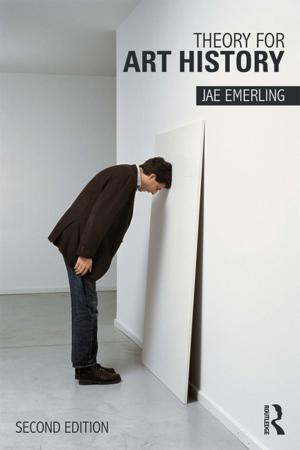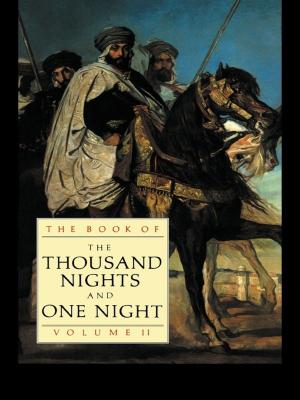Daoist Ritual, State Religion, and Popular Practices
Zhenwu Worship from Song to Ming (960-1644)
Nonfiction, Social & Cultural Studies, Social Science, Cultural Studies, Ethnic Studies| Author: | Shin-Yi Chao | ISBN: | 9781136731921 |
| Publisher: | Taylor and Francis | Publication: | March 1, 2013 |
| Imprint: | Routledge | Language: | English |
| Author: | Shin-Yi Chao |
| ISBN: | 9781136731921 |
| Publisher: | Taylor and Francis |
| Publication: | March 1, 2013 |
| Imprint: | Routledge |
| Language: | English |
Zhenwu, or the Perfected Warrior, is one of the few Chinese Deities that can rightfully claim a countrywide devotion. Religious specialists, lay devotees, the state machine, and the cultural industry all participated, both collaboratively and competitively, in the evolution of this devotional movement. This book centres on the development and transformation of the godhead of Zhenwu, as well as the devotional movement focused on him. Organised chronologically on the development of the Zhenwu worship in Daoist rituals, state religion, and popular practices, it looks at the changes in the way Zhenwu was perceived, and the historical context in which those changes took place.
The author investigates the complicated means by which various social and political groups contested with each other in appropriating cultural-religious symbols. The question at the core of the book is how, in a given historical context, human agents and social institutions shape the religious world to which they profess devotion. The work offers a holistic approach to religion in a period of Chinese history when central, local, official, clerical and popular power are constantly negotiating and reshaping established values.
Zhenwu, or the Perfected Warrior, is one of the few Chinese Deities that can rightfully claim a countrywide devotion. Religious specialists, lay devotees, the state machine, and the cultural industry all participated, both collaboratively and competitively, in the evolution of this devotional movement. This book centres on the development and transformation of the godhead of Zhenwu, as well as the devotional movement focused on him. Organised chronologically on the development of the Zhenwu worship in Daoist rituals, state religion, and popular practices, it looks at the changes in the way Zhenwu was perceived, and the historical context in which those changes took place.
The author investigates the complicated means by which various social and political groups contested with each other in appropriating cultural-religious symbols. The question at the core of the book is how, in a given historical context, human agents and social institutions shape the religious world to which they profess devotion. The work offers a holistic approach to religion in a period of Chinese history when central, local, official, clerical and popular power are constantly negotiating and reshaping established values.















